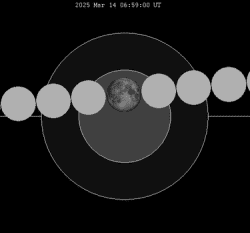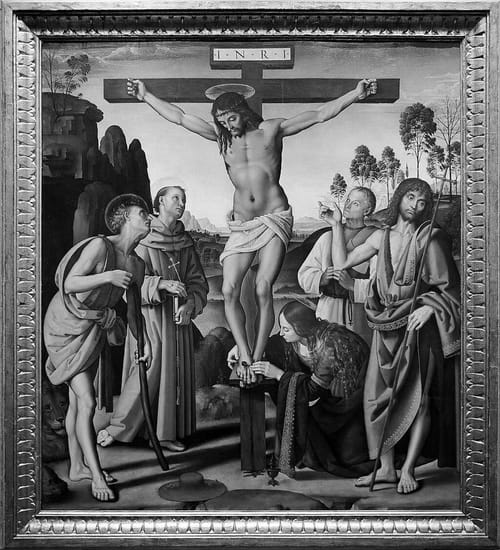
Photo Attribution: Pietro Perugino, CC BY-SA 4.0 https://creativecommons.org/licenses/by-sa/4.0, via Wikimedia Commons
Crucifixion of Jesus Christ
This example has been viewed 515x times
Summary
Rodden Rating
Analysis for Crucifixion of Jesus Christ
Biography
The crucifixion of Jesus was the death of Jesus by being nailed to a cross.[note 1] It occurred in 1st-century Judaea, most likely in AD 30 or AD 33. It is described in the four canonical gospels, referred to in the New Testament epistles, and later attested to by other ancient sources. Scholars nearly universally accept the historicity of Jesus's crucifixion,[1] although there is no consensus on the details.[2][3][4]
According to the canonical gospels, Jesus was arrested and tried by the Sanhedrin, and then sentenced by Pontius Pilate to be scourged, and finally crucified by the Romans.[5][6][7] The Gospel of John portrays his death as a sacrifice for sin.
Jesus was stripped of his clothing and offered vinegar mixed with myrrh or gall (likely posca)[8] to drink after saying "I am thirsty". At Golgotha, he was then hung between two convicted thieves and, according to the Gospel of Mark, was crucified at the 3rd hour (9 a.m.), and died by the 9th hour of the day (at around 3:00 p.m.). During this time, the soldiers affixed a sign to the top of the cross stating "Jesus of Nazareth, King of the Jews" which, according to the Gospel of John (John 19:20), was written in three languages (Hebrew, Latin, and Greek). They then divided his garments among themselves and cast lots for his seamless robe, according to the Gospel of John. The Gospel of John also states that, after Jesus's death, one soldier (named in extra-Biblical tradition as Longinus) pierced his side with a spear to be certain that he had died, then blood and water gushed from the wound. The Bible describes seven statements that Jesus made while he was on the cross, as well as several supernatural events that occurred.
Collectively referred to as the Passion, Jesus's suffering and redemptive death by crucifixion are the central aspects of Christian theology concerning the doctrines of salvation and atonement.
Details Further information: Passion of Jesus Chronology Main article: Chronology of Jesus There is no consensus regarding the exact date of the crucifixion of Jesus, although it is generally agreed by biblical scholars that it was on a Friday on or near Passover (Nisan 14), during the governorship of Pontius Pilate (who ruled AD 26–36).[85] Various approaches have been used to estimate the year of the crucifixion, including the canonical Gospels, the chronology of the life of Paul, as well as different astronomical models. Scholars have provided estimates in the range AD 30–33,[86][87][88][10] with Rainer Riesner stating that "the fourteenth of Nisan (7 April) of the year 30 AD is, apparently in the opinion of the majority of contemporary scholars as well, far and away the most likely date of the crucifixion of Jesus."[89] Another preferred date among scholars is Friday, 3 April, AD 33.[90][91]
The consensus of scholarship is that the New Testament accounts represent a crucifixion occurring on a Friday, but a Thursday or Wednesday crucifixion have also been proposed.[92] Some scholars explain a Thursday crucifixion based on a "double sabbath" caused by an extra Passover sabbath falling on Thursday dusk to Friday afternoon, ahead of the normal weekly Sabbath.[93] Some have argued that Jesus was crucified on Wednesday, not Friday, on the grounds of the mention of "three days and three nights" in Matthew 12:40 before his resurrection, celebrated on Sunday. Others have countered by saying that this ignores the Jewish idiom by which a "day and night" may refer to any part of a 24-hour period, that the expression in Matthew is idiomatic, not a statement that Jesus was 72 hours in the tomb, and that the many references to a resurrection on the third day do not require three literal nights.[94]
In Mark 15:25 crucifixion takes place at the third hour (9 a.m.) and Jesus's death at the ninth hour (3 p.m.).[95] In John 19:14 Jesus is still before Pilate at the sixth hour.[96] Scholars have presented a number of arguments to deal with the issue, some suggesting a reconciliation, e.g., based on the use of Roman timekeeping in John, since Roman timekeeping began at midnight and this would mean being before Pilate at the 6th hour was 6 a.m., yet others have rejected the arguments.[96][97][98] Several scholars have argued that the modern precision of marking the time of day should not be read back into the gospel accounts, written at a time when no standardization of timepieces, or exact recording of hours and minutes was available, and time was often approximated to the closest three-hour period.[96][99][100]
Source: https://en.wikipedia.org/wiki/Crucifixion_of_Jesus
Chat GPT account of Passing of Jesus Christ:
"The most likely date and time of Jesus' crucifixion, based on historical, biblical, and astronomical evidence, is:
Friday, April 3, 33 CE (Gregorian)
Time of death: Approximately 3:00 PM (15:00), local Jerusalem time.
Reasons for this date:
- Biblical Clues
The Gospels provide several key details:
Jesus was crucified on a Friday, the "Preparation Day" before the Sabbath (Mark 15:42). The crucifixion occurred during Passover, specifically on or near Nisan 14 or 15 in the Hebrew calendar (John 19:14).
Darkness covered the land for three hours, from noon to 3:00 PM (Matthew 27:45).
- Astronomical Evidence
Astronomical reconstructions show that:
Nisan 14 (Passover) in 33 CE fell on a Friday, aligning with the Gospel accounts. A partial lunar eclipse (referred to as the "moon turning to blood" in Acts 2:20 and Joel 2:31) occurred on the evening of April 3, 33 CE, visible from Jerusalem. This could have been interpreted as a significant celestial sign.
- Historical Context
Pontius Pilate was the Roman governor of Judea from 26–36 CE, narrowing the timeframe. The ministry of John the Baptist, referenced as starting in the 15th year of Tiberius Caesar's reign (Luke 3:1), suggests Jesus began his ministry around 29 CE, which likely lasted about three years. This aligns with a crucifixion in 33 CE.
- Traditional Timing of Death
The Gospels indicate that Jesus died around the ninth hour of the day (using Jewish reckoning, where the day begins at sunrise). This corresponds to 3:00 PM.
By Jewish law, the body had to be buried before sunset to avoid desecrating the Sabbath.
Conclusion:
Given the alignment of biblical descriptions, astronomical data, and historical context, April 3, 33 CE, at approximately 3:00 PM, is the most plausible date and time for the crucifixion of Jesus in the Gregorian calendar."
*** Disclaimer: We casted all the other possible dates given in various accounts and none matched the sabian symbols for this event as this current chart does (nothing this closely) which also corresponds to the MOST LIKELY date and time for passing of Jesus Christ.
By: Gaia
Raw Data
Horoscope Data
Comments
Natal Data
0033-04-03 15:00:00 LMT
31° 46′ 5.9″ N 35° 12′ 49.4″ E
Jerusalem, Israel










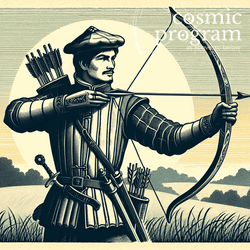




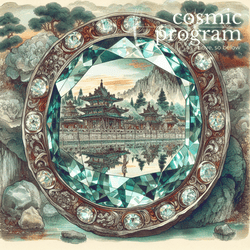
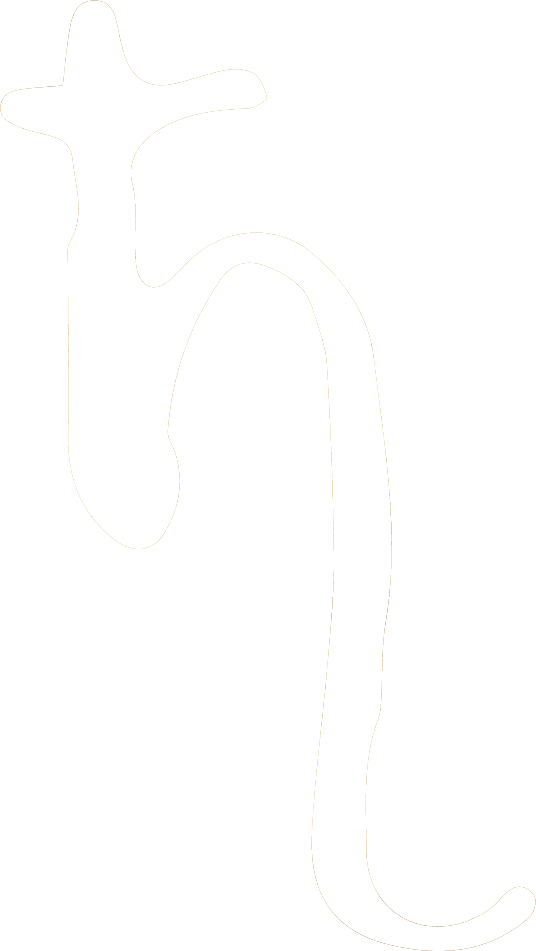




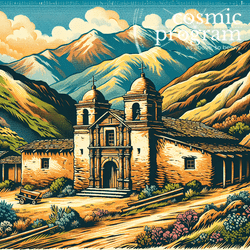





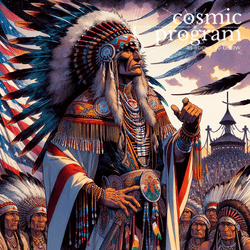


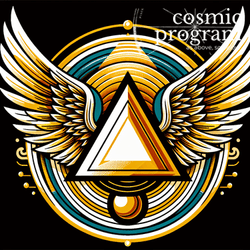







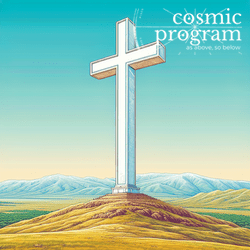





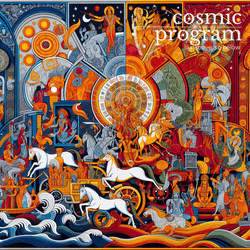

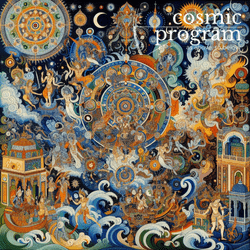







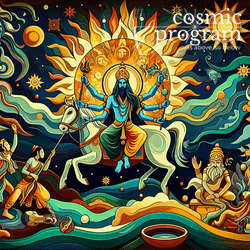
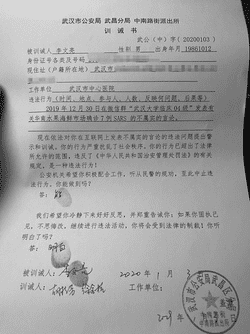

.png?bossToken=b8dd2ad211d6f839f8694c6160da1028e046aec93bbe874e1526530aa6e19e42)

.png?bossToken=c07e86b19f16732929a651d8df07292aaae8742192078d0501085c8e920de407)
.png?bossToken=38a743240e8a3cc7c52e69394251de8e54c339b04681e2fec382688e83517c48)
.jpg?bossToken=8f33cbf0a2c7977a7f5d50c922d89b3312496af7fbfaa5d217c1620d4b2c1c2a)

